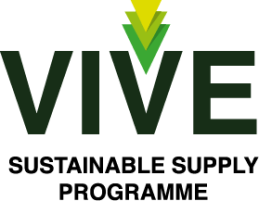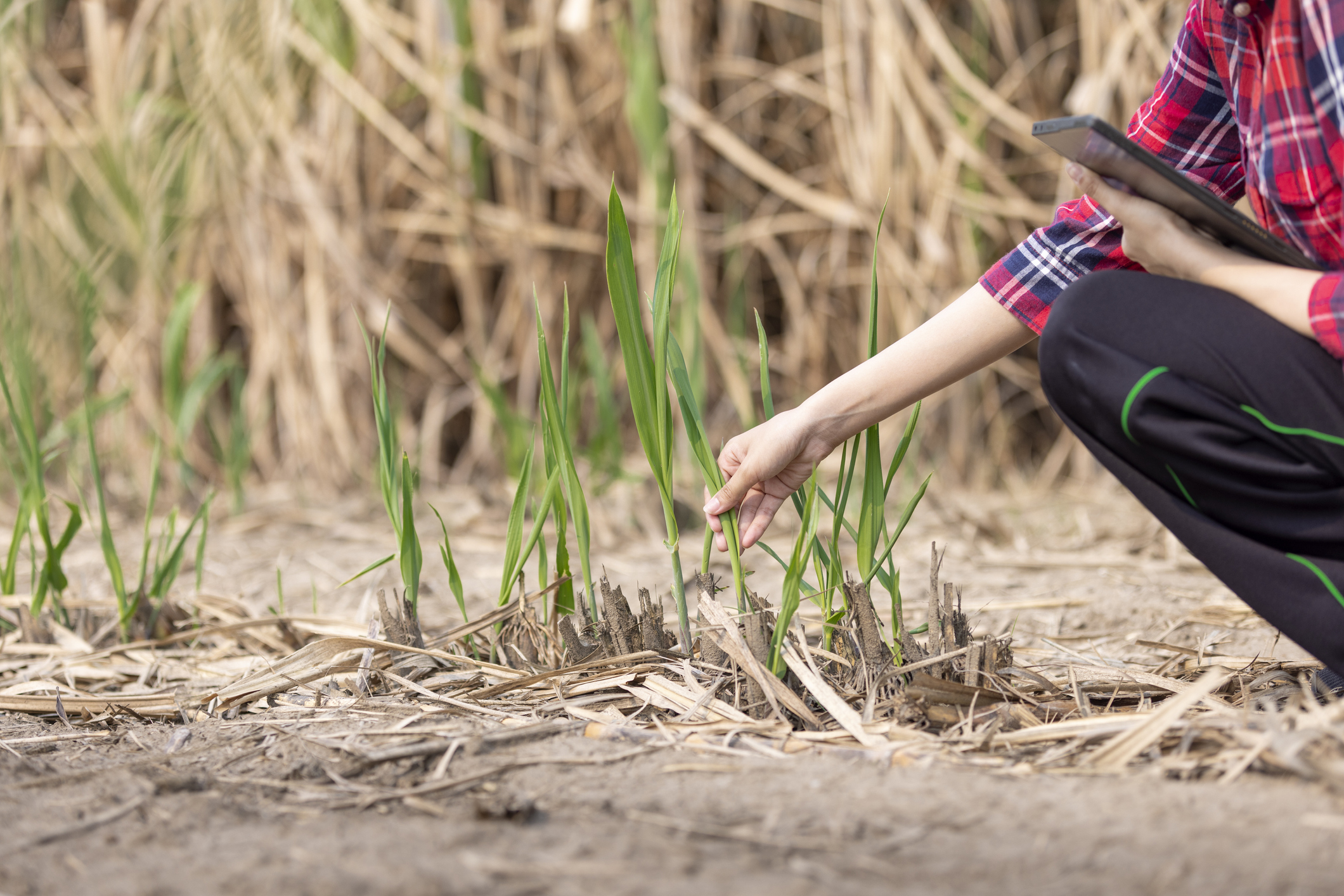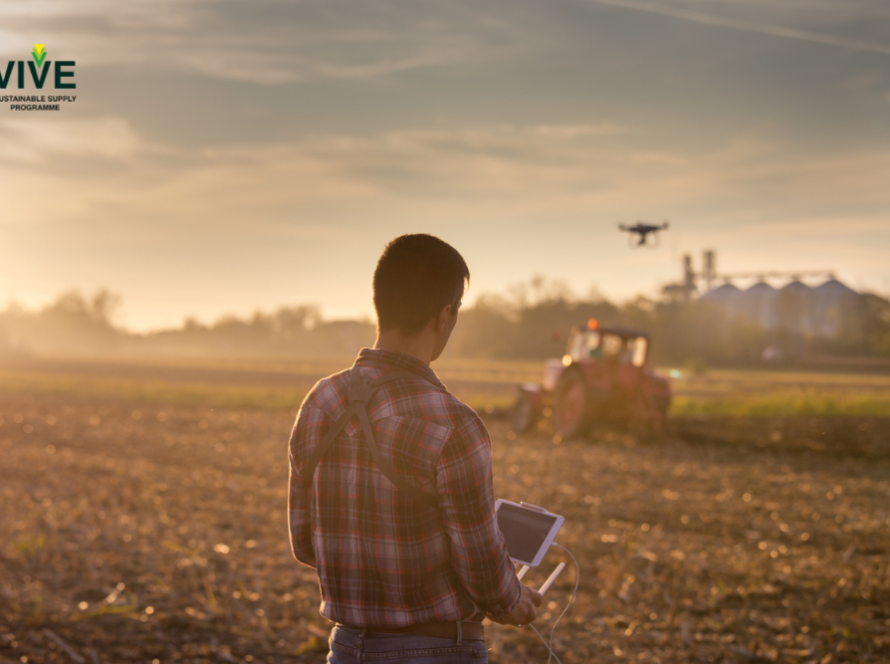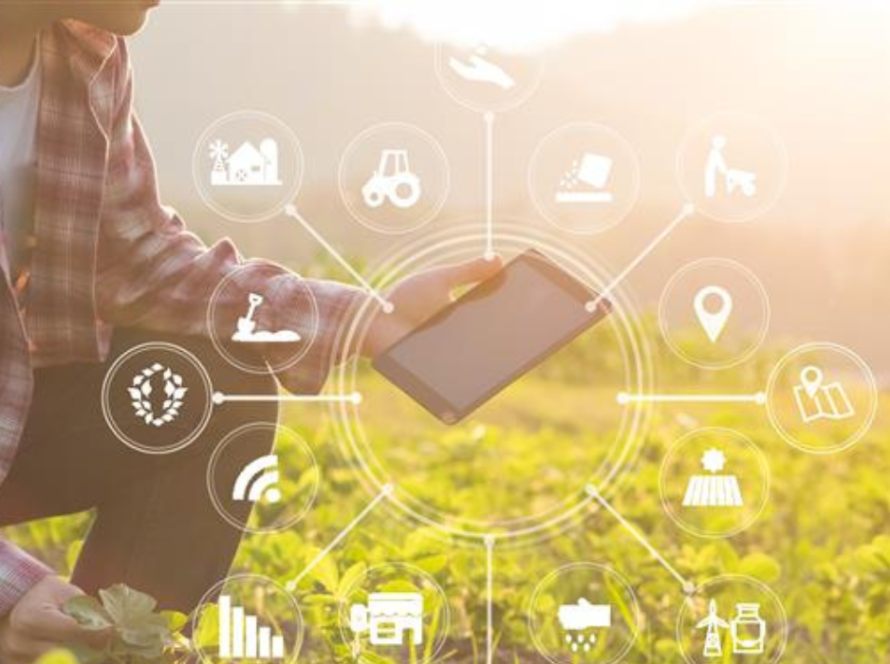We are now working with VIVE participants, globally on implementing VIVE Climate Action – our science-based decarbonisation solution for food & beverage raw material supply chains, creating carbon transparency, identifying opportunities, and developing critical partnerships for carbon reduction. Through providing accurate data and on-the-ground expertise, with the promise of commercial benefit and license to operate, VIVE Climate Action will enable producers to improve the sustainability of their operations. In turn, this will allow food and beverage multinational companies to make carbon reductions within their supply chains through carbon ‘insetting’ (reducing emissions through interventions within their own value chain), without reliance on carbon offsetting or estimates. VIVE assessments are already underway, and by the end of 2024, we will have developed carbon baselines for all VIVE programme participants.
How agriculture contributes to greenhouse gas (GHG) emissions
The Intergovernmental Panel on Climate Change (IPCC), the United Nation’s body for assessing the science related to climate change, released a Special Report on Climate Change and Land in 2019 which estimated that, globally, agriculture was directly responsible for up to 8.5% of all greenhouse gas emissions with a further 14.5% coming from land use change (mainly deforestation in the developing world to clear land for food production). With population growth and food demand increasing since then, it is fair to assume agriculture’s contribution to global GHG emissions has increased concurrently up to present day.
Resultantly, there is increasing pressure for producers to increase the efficiency of their business whilst reducing their greenhouse gas emissions. At the farm level emissions arise from the use of fossil fuels, manufactured inputs, manure, as a natural by-product of animal digestion, cultivation of soils and changes in land use and vegetation. Beyond the farm gate, agri-food chains also emit emissions through activities such as processing, packaging, waste management and haulage.
The first VIVE Climate Action project
Q4 2022 saw the initial road test of VIVE Climate Action, where we assessed data and calculation needs at Brazilian sugar farms to pave the way for developing a scalable methodology for carbon modelling of sugar production. This was undertaken in close collaboration with Quantis, a world leading environmental sustainability consultancy that guides top organizations in defining, shaping, and implementing intelligent environmental sustainability solutions. The goal of VIVE Climate Action at this stage, was to explore the viability of the VIVE Programme to provide carbon transparency and commercially viable reduction pathways to buyers based on the environmental impact of VIVE. This was undertaken by conducting farm level assessments and direct land use change assessment to develop supply-specific datasets for three pilot farms and benchmark with industry database values to generate more strategic insights. Following a successful implementation of the project, two key insights were drawn:
- Direct land use (dLUC) change vs statistical land use change (sLUC) data: One of the key findings from this project was the vast difference between dLUC and sLUC data; dLUC calculation results were < 1% of sLUC calculation results, reducing overall results by roughly 70% across all three geographies. Essentially, when using primary data, GHG emissions were 70% less than when calculated using country level averages. This highlights the importance of accurate data and its centrality to making plans for carbon reductions in the supply chain.
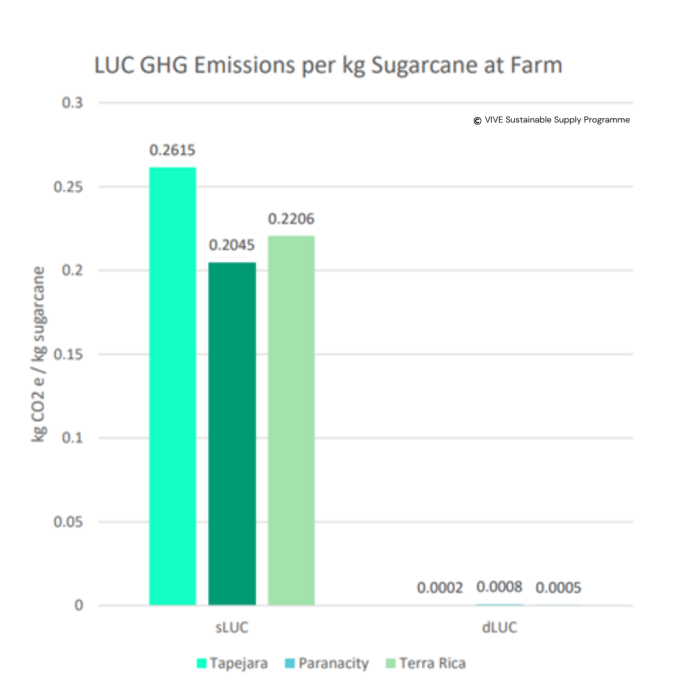
- Sources of on-farm emissions align with prior estimations: Direct emissions, diesel consumption and upstream fertilizer production were identified to be the three dominant impact categories across all three farm geographies. These sources of on-farm emissions align with prior estimations and the alignment between primary data collection and initial estimates provides more confidence in leveraging average models to estimate potential results and work needed to scale across the VIVE value chain.
Building on the learnings from this initial implementation, VIVE Climate Action leverages CZ’s supply chain expertise to implement a commercially viable pathway for carbon reductions and drive continuous improvement in global food & beverage raw material supply chains.

